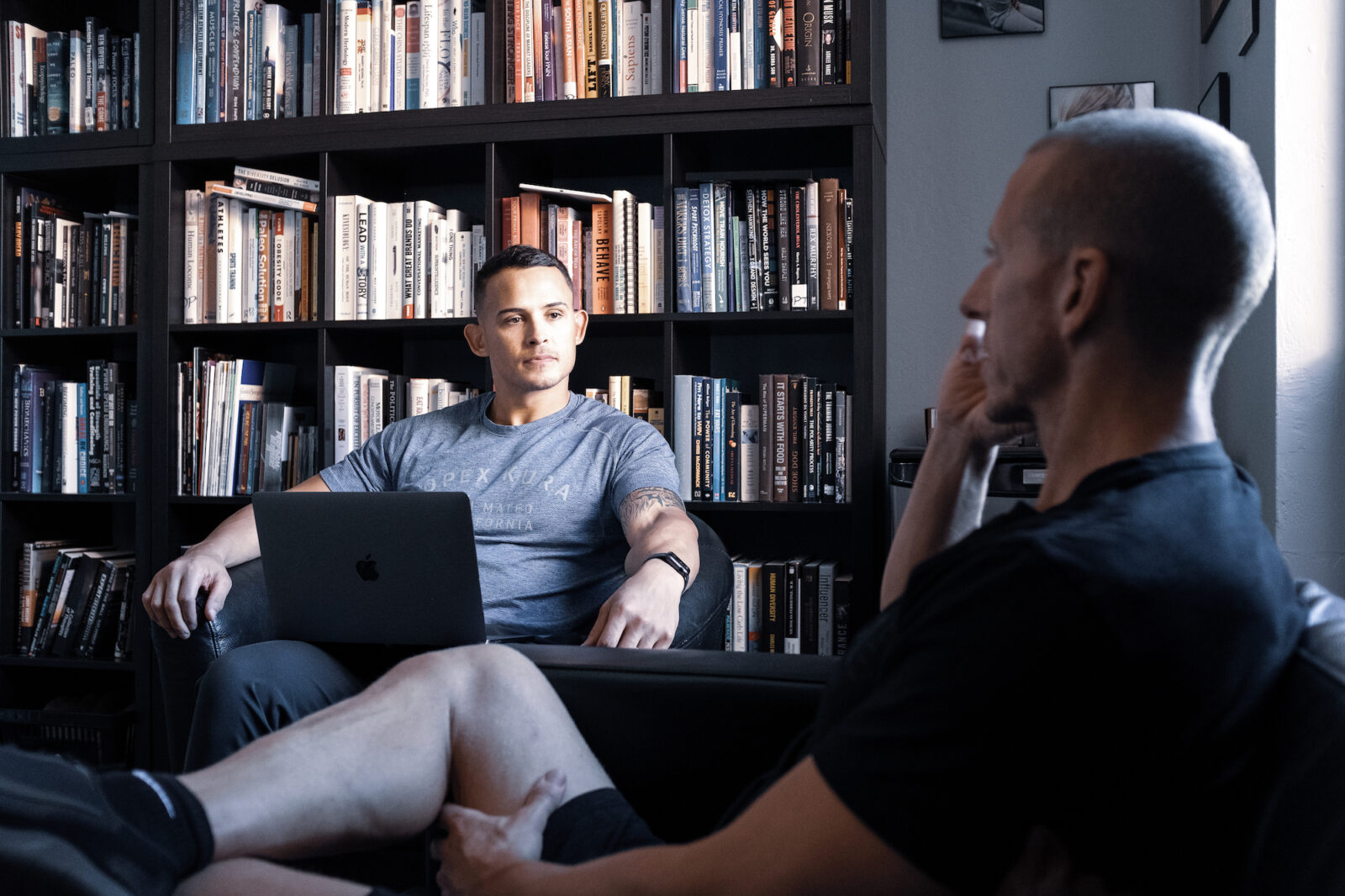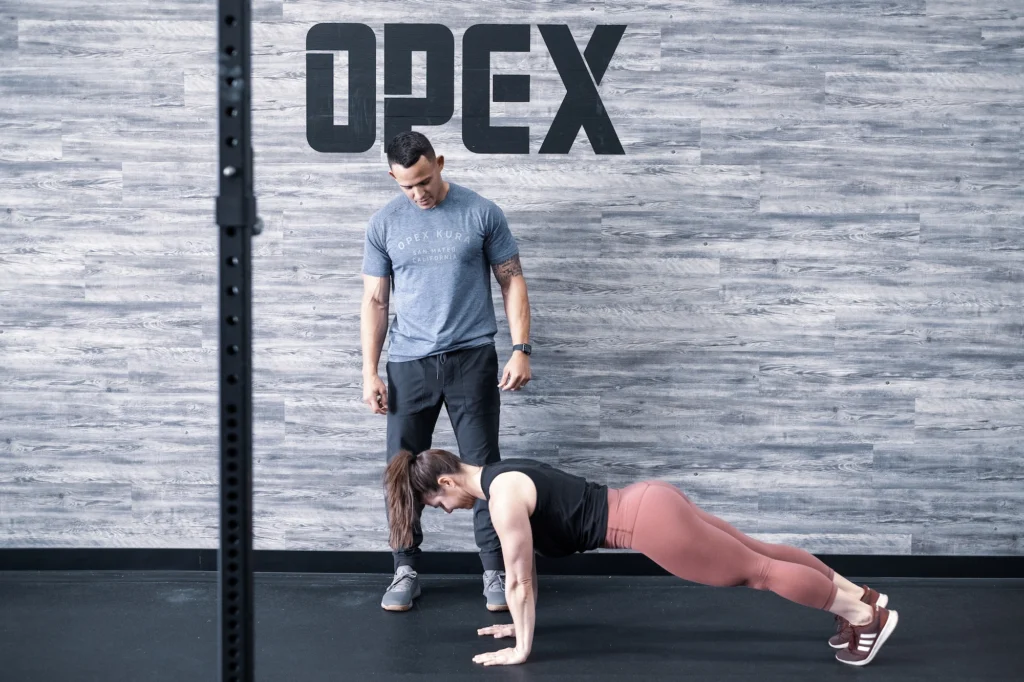Coaches Corner With Carl Hardwick: How To Assess Your Clients

Here’s a four-part assessment system every fitness coach can use to set each client up for success
“Assess…don’t guess” – Paul Chek.
These words, originating from Paul Chek and drilled into me by my mentor James Fitzgerald, serve as a guiding principle in effective fitness coaching. The statement highlights the need for assessing our clients, and not generalized guesswork, in achieving desired fitness outcomes.
Embracing assessment as a non-negotiable tool for fitness coaches arms us with the information we need to reach success with each one of our clients. By incorporating an assessment-first approach, fitness coaches can create exercise, lifestyle and nutrition programs that are aligned with each client’s needs, capabilities and goals.
The role of a coach is not limited to designing exercise programs, cheerleading or merely overseeing a client’s progress. It’s about building a deep understanding between themselves and their clients, facilitating clients in setting aligned and realistic goals and providing the guidance and support (and challenge) required to achieve them. This relationship is a process, grown and enriched through regular assessments, progress tracking and accountability.
For fitness coaches, a structured, simple and easily repeatable assessment system should be the bedrock of our practice. It should extend beyond the evaluation of physical prowess to a holistic understanding of a client’s motivations, experiences, aspirations and values. This comprehensive perspective subsequently informs the physical assessment, resulting in objective, capacity-specific data.
So, how can one adopt this systematic, simple, and repeatable assessment process in their coaching practice?
Using the OPEX assessment protocol as a guiding example, let’s examine how each assessment section can contribute valuable insights and principles to your assessment practice.
Step 1: Initial Consultation
The coach-client relationship begins by understanding the client’s motivations, experiences, goals and values. This crucial stage forms the foundation of your coaching relationship and sets the tone for the journey ahead. To be effective in this role, active listening is paramount. Focus on understanding the client’s needs rather than flaunting your expertise. This is a great opportunity to truly understand your client, why they hired you and what success means to them
Principle Takeaways: The initial consultation highlights the importance of establishing rapport, understanding the client’s unique context and prioritizing active listening. These principles reinforce the need for a client-centric approach in personalized coaching.
Step 2: Body Composition Analysis (OPEX Body)
The second step in the assessment process involves an analysis of body composition. While offering insights into potential health risks and providing a snapshot of the client’s overall health, this assessment is not the ultimate measure. It serves as a stepping stone that helps identify potential red flags and understand a few health metrics such as muscle mass, body fat percentage and basal metabolic rate.
Principle Takeaways: This assessment is beneficial in understanding where your client sits today from a body composition standpoint. Several health implications come from high levels of body fat, including increased risk of cardiovascular disease, type 2 diabetes, metabolic syndrome, respiratory issues and more.

Step 3: Movement Screen (OPEX Move)
This involves assessing the client’s movement capabilities using a movement screen, which evaluates six fundamental patterns – squatting, lunging, bending, pushing, pulling and core stability. The objective here is not merely to know what the client can do, but also how they do it and where potential improvement areas lie. This will inform what you do (and don’t do) in the exercise program moving forward.
Principle Takeaways: The movement assessment allows an understanding of a client’s physical capabilities. It reinforces the need for a capability-specific approach to fitness programming, promoting effective progress and preventing injury. Be sure to always connect this to what you will (or will not) do in the exercise program.
Step 4: Work Capacity Testing (OPEX Work)
The final phase of the assessment process involves an evaluation of the client’s capacity to perform work. This evaluation extends beyond physical capabilities and resilience and encompasses emotional resilience, which may influence the client’s fitness approach.
Principle Takeaways: This assessment emphasizes the need to understand the interplay between physical and emotional resilience as it relates to work. It serves as a starting point in understanding not only your client’s work capacity but also their experience, approach and resilience.
Final Thoughts
Assessments are not merely a “check the box” part of coaching, but a crucial tool in understanding and tracking progress. Assessment equals truth. This is challenging for a lot of people to grasp. Still, it uncovers the truth about where our clients are, where their true capabilities are and most importantly, the truth in the coach’s ability to make their clients better through their prescriptions.
A well-structured, simple and repeatable assessment process forms the backbone of effective fitness coaching. It provides the crucial data needed to personalize fitness programs to each client’s unique needs.
See Carl’s previous column here.
Next week’s column: Build Stronger Coach-Client Relationships
Carl Hardwick, CEO of OPEX Fitness & CoachRx, is a strong advocate for bringing honor to the coaching profession and raising the value of all fitness coaches. He lectures frequently about program design, business systems, and building a sustainable coaching career. Follow him on Instagram @hardwickcarl and OPEX Fitness on YouTube



